What if I told you the equal sign doesn't mean equals anymore? Hear me out. For the longest time I noticed my students could easily solve 2 + 3=? but couldn't solve ? =2 + 3 and I didn't know why. I realized I could easily solve this issue using four simple words. That’s it, just four simple words.
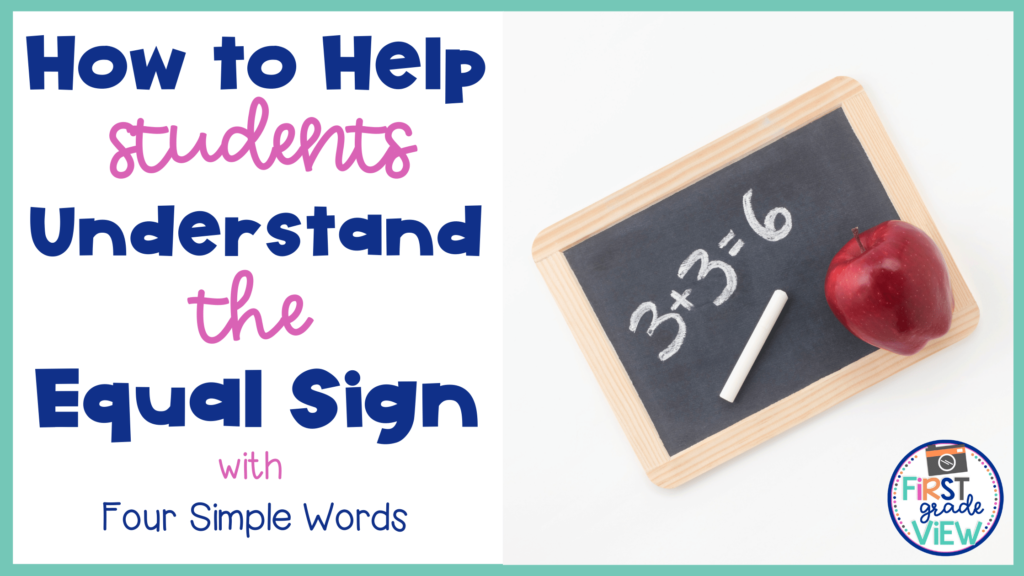
Meaning of the Equal Sign
It never failed when I would ask my first graders, “What does = mean?” They would almost always reply, “It means the answer.” This was the problem. In math = actually means “is the same as.” These are the four simple words that will help clear up any confusion for your students.
The math problems that we usually give to students are more focused on getting the answer as opposed to showing the equivalent relationship occurring on both sides of the equal sign. According to the California Math Frameworks, students should see equations written in multiple ways such as 3+4=7 and 7=3+4. When students see 3+4= ?+6, they can get confused and answer with 7. In this case students are not understanding the sign acts more like a balance where both sides have the same value. Saying 3+4 is the same as ?+6 can help them better see this relationship.
Activities to Teach The Meaning of the Equal Sign
Just like with any skill we want our students to get better at, we have to have them engage in meaningful practice. Here are some activities you can do with your students to build their understanding.
Balance It
In this activity, students are presented with a seesaw and we discuss how it works. Then, I present them with an expression. Their goal is to come up with any expression that can be put on the other side that has the same value. I encourage my students to come up with addition and subtraction expressions. The best part of this activity is that it has multiple points of entry and can meet students wherever they are at!
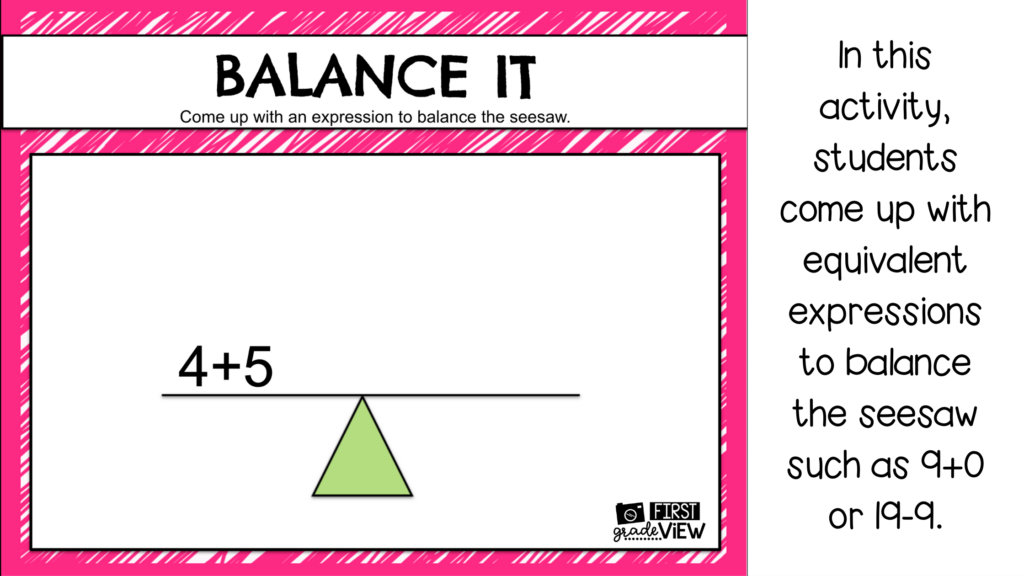
Math Talk
I am a huge fan of having meaningful math discussions with my class. Math talks are a great way to help your students know what the equal sign means.
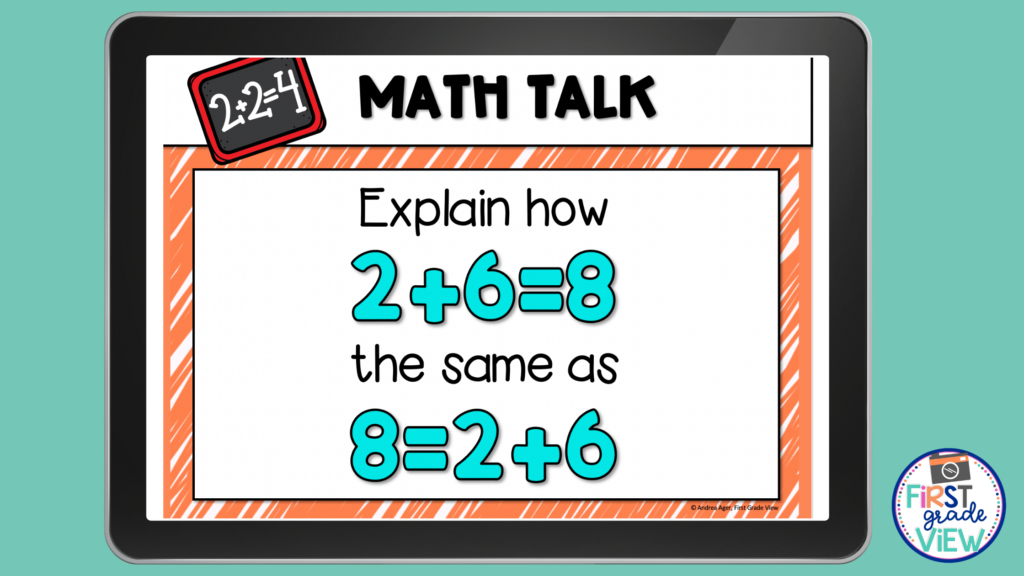

Math Riddles
Who doesn’t love a good riddle? Math riddles are another great strategy to teach the equal sign to primary students.
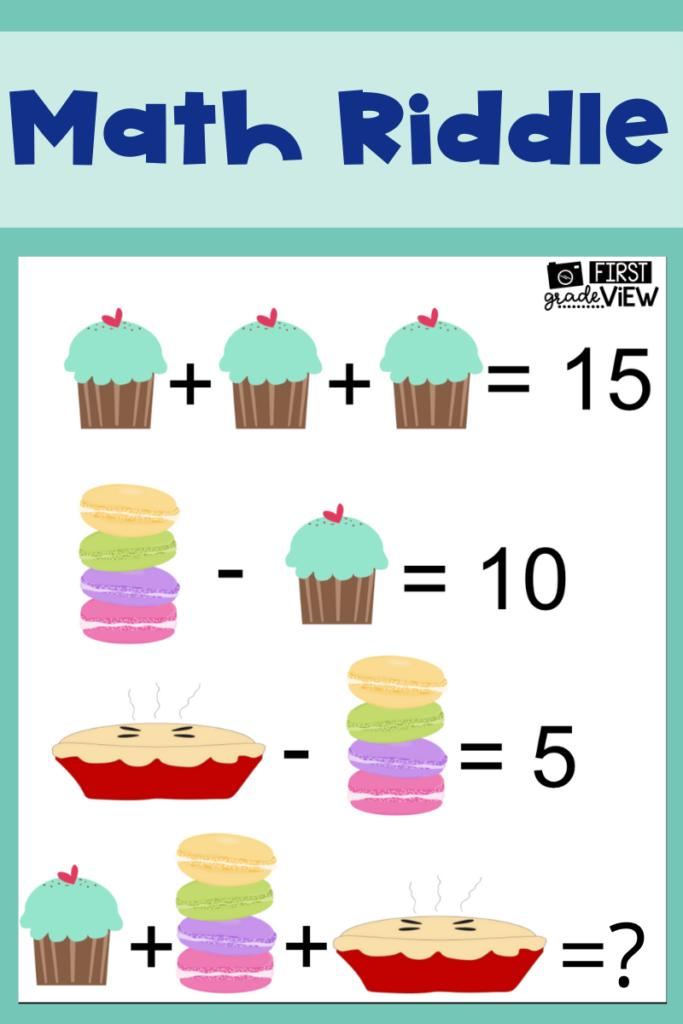
Equal Sign Anchor Chart
When introducing a new math vocabulary word to students, we always make an anchor chart together. I keep this up year round and we refer to it often.
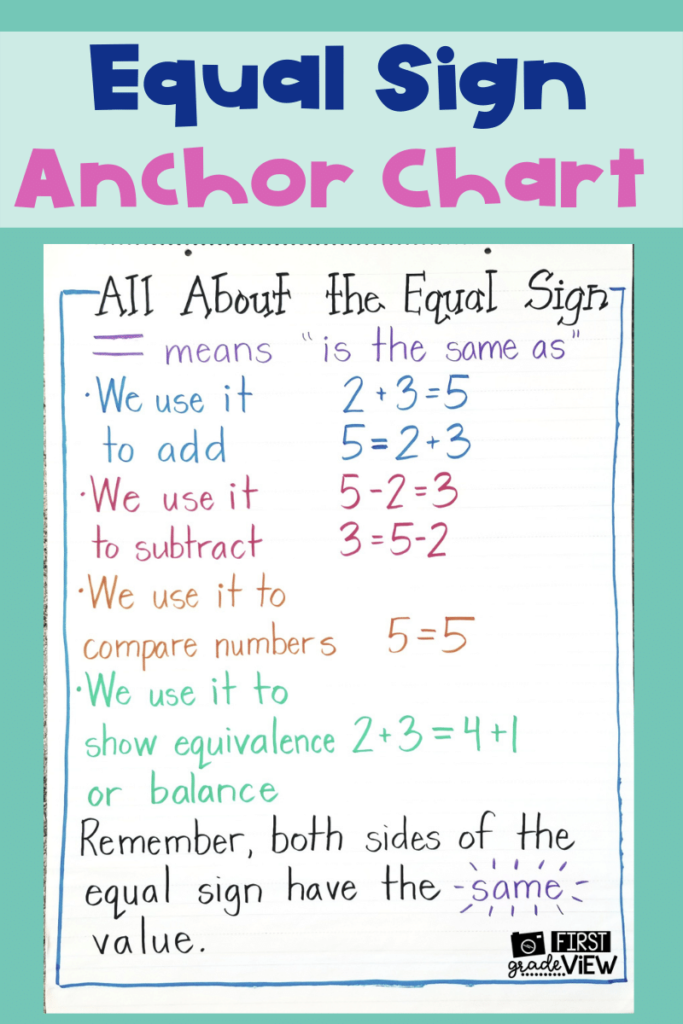
Who knew four little words could make such a big impact! Try it out with your class, I’d love to hear how it goes. Your students should now be able to tackle the equal sign with no problem! Looking for more math tips? I’ve got you covered. Check out this blog post.
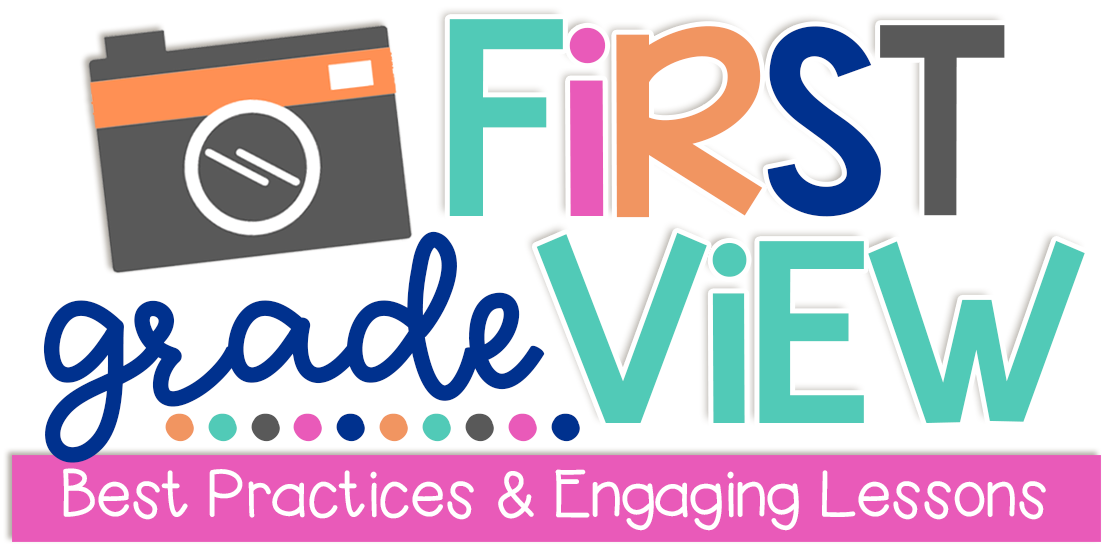


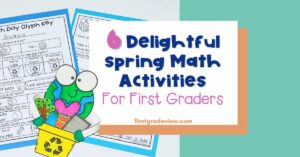
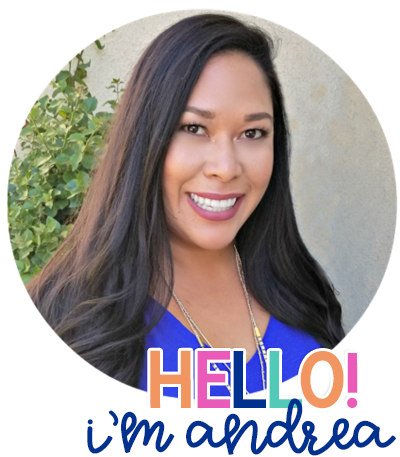

2 Comments
This will support the lesson I am on in my Eureka Module. I love the idea of the balance especially after working on measurement it is something my students would understand. I love this post and I am excited to share with the parents I work with. Loving all the math tips! Thank you!
I’m so glad this will help your students and their parents!